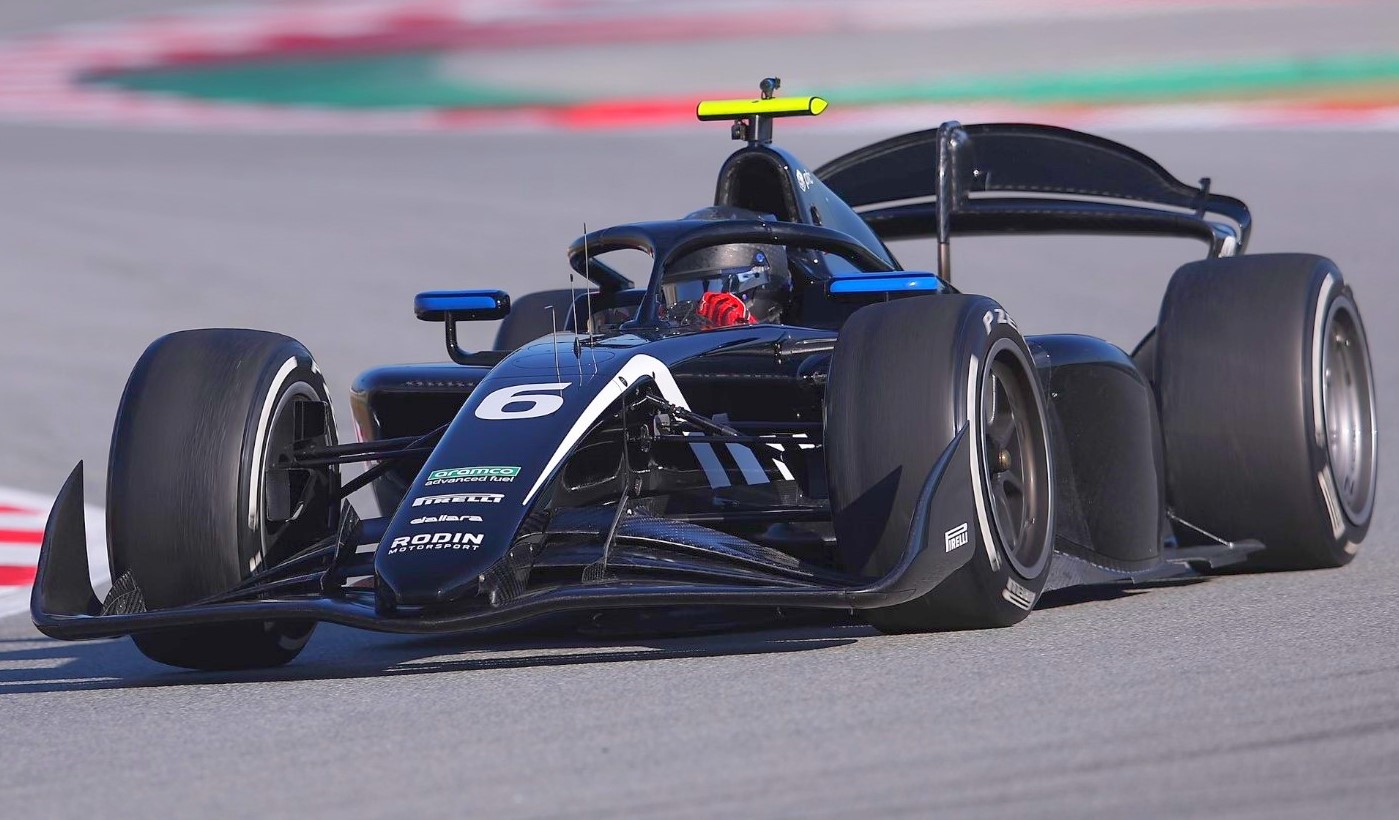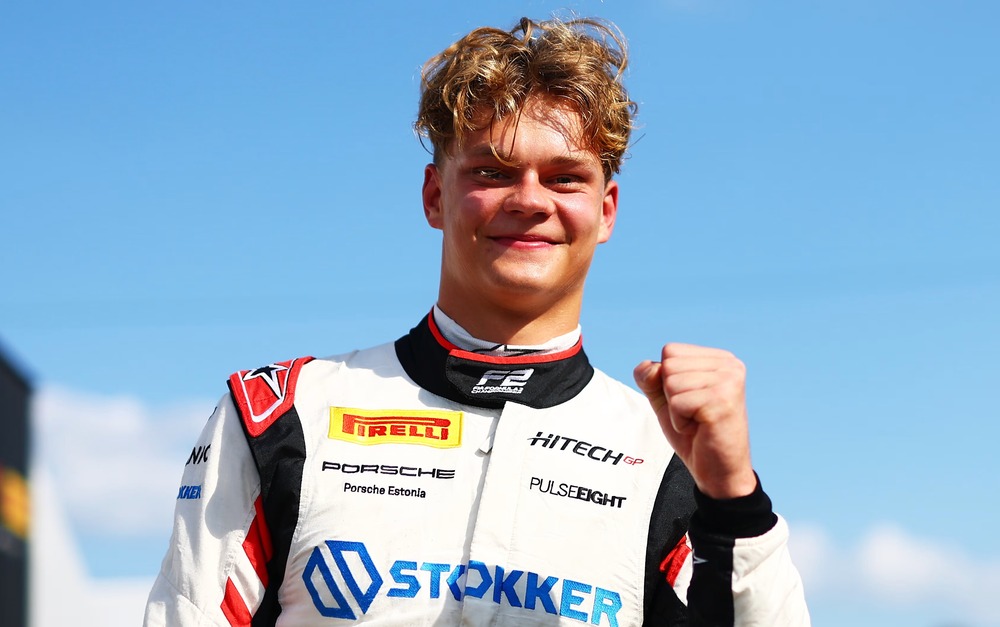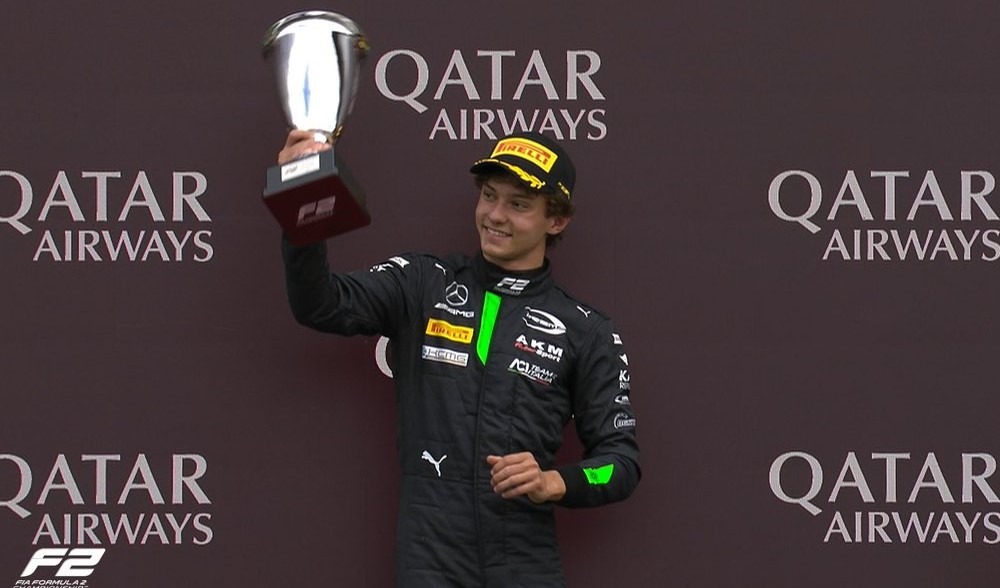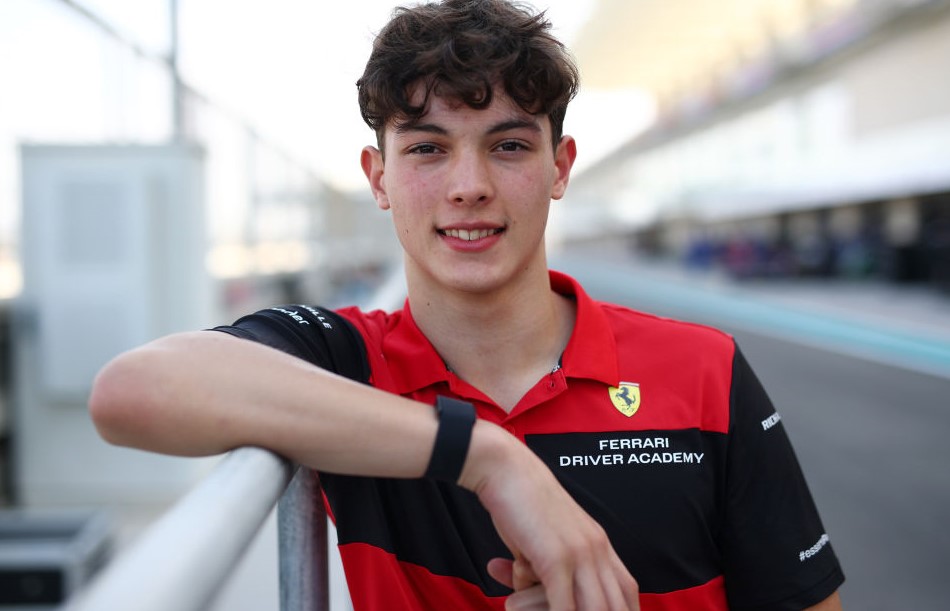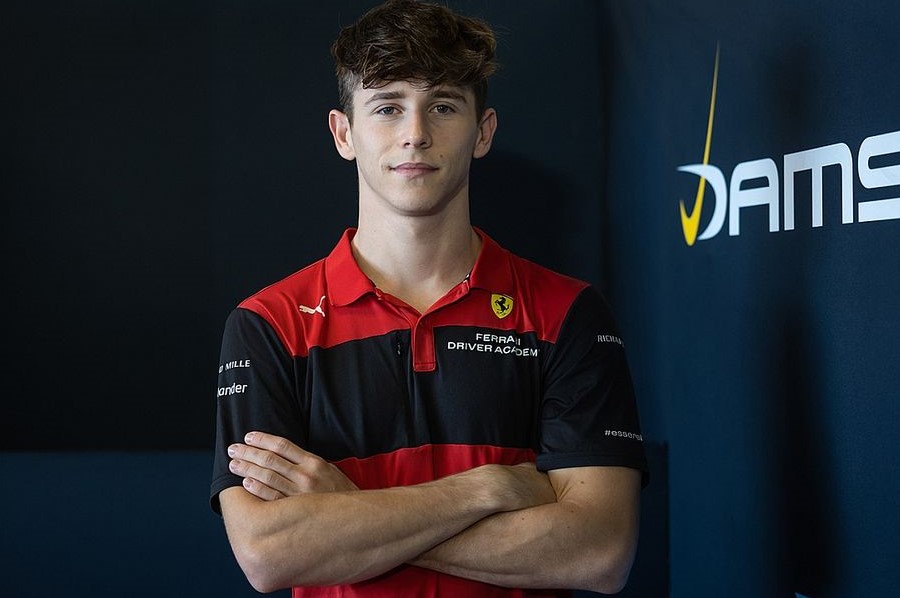F2 has unveiled the new 2024 Formula 2 car which has undergone significant technical upgrades.
The FIA Formula 2 Championship has unveiled the new 2024 Formula 2 car which has undergone significant technical upgrades ahead of the new season as the teams tested prototypes of their new chassis at Circuit de Barcelona-Catalunya on Wednesday.
The 11 Formula 2 teams ran one car each, among the 20 drivers confirmed for the 2024 season which kicks off at the Bahrain International Circuit in February.
The new 2024 Formula 2 car boasts a number of recent safety features implemented by the FIA coupled with a 3.4-liter turbocharged Mecachrome engine which has updated features to suit the Aramco synthetic sustainable fuel that will be introduced in 2025.
Having successfully launched its sustainable fuel in 2023, Aramco’s 55% bio-sourced fuel will power the car.
The 2024 Formula 2 car has also been engineered to meet the FIA 2024 regulations for ergonomics, braking and steering power in order to suit a variety of drivers and make the championship as easily accessible as possible.
The car has undergone a number of tests before launch, including a shakedown in Italy, a preliminary test at Magny-Cours, France as well as performance runs at the Circuito de Jerez in Spain. It features completely redesigned bodywork including a dramatically sculpted rear wing and updated cockpit ergonomics for improved driver safety.
Following a four-day test in Bahrain at the Sakhir International Circuit, the results were quite encouraging for both the driver and the engineering teams. F2 Deputy Technical Director Pierre-Alain Michot has explained what was tested and why competitive racing is looking quite promising for the upcoming season.
“The test in Bahrain was all about making sure the car was compliant with all our expectations in terms of performance, behaviours, just ticking all the boxes in the development programme,” he said.
“We did nearly 5000km, ending just 7km short of that figure, which is a shame, but to be able to achieve that across several different sessions around Magny-Cours, Jerez and Bahrain is good.
“In the tests, we’ve made sure that when the car is running, it is keeping cool enough for all the systems to be in the working range.
“In Bahrain, we didn’t have less than 30 degrees and the car was behaving and responding as expected.”
Different downforce configurations that will be applicable during the upcoming season were tested, ranging from the low downforce specification made for venues like Baku and Monza to the high downforce profile applied at the most aerodynamically challenging venues on the calendar. Every piece of data collected was in line with expectations.
“It’s quite important because Bahrain is quite representative for a lot of parameters we’ll see across the season,” Michot added. “We’ve been able to validate the behaviour of the car, which is always the most difficult thing to do with a new car.
“We mainly ran the medium and high-downforce specifications, but we did do a couple of runs with the low downforce configuration, Baku and Monza spec.
“It all went as expected and the car is balanced, correlating with our expectations.”
Michot was especially encouraged by the lack of any interruption in their running.
“There have been no red flags, which means that all cars have performed as expected while the teams are learning how to work with this new machine.”
Each team will run two cars for the final stretch of testing in Bahrain.

